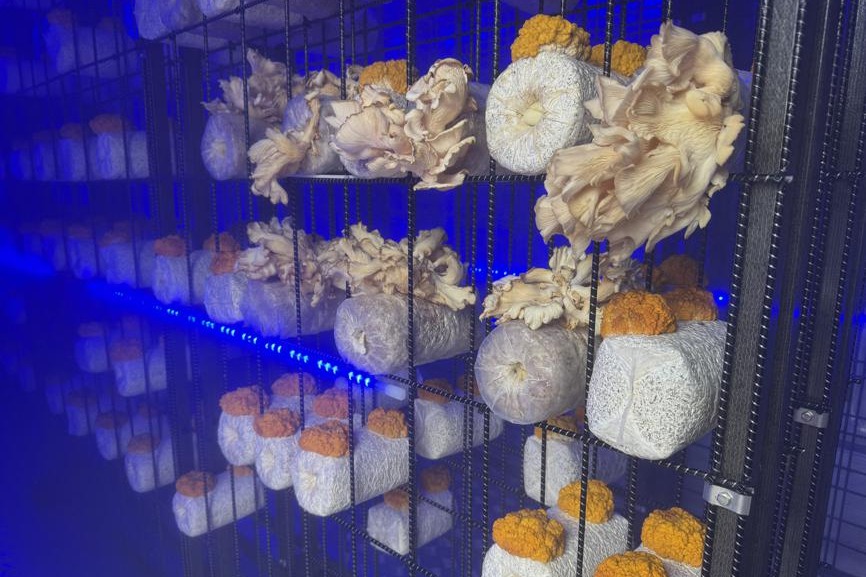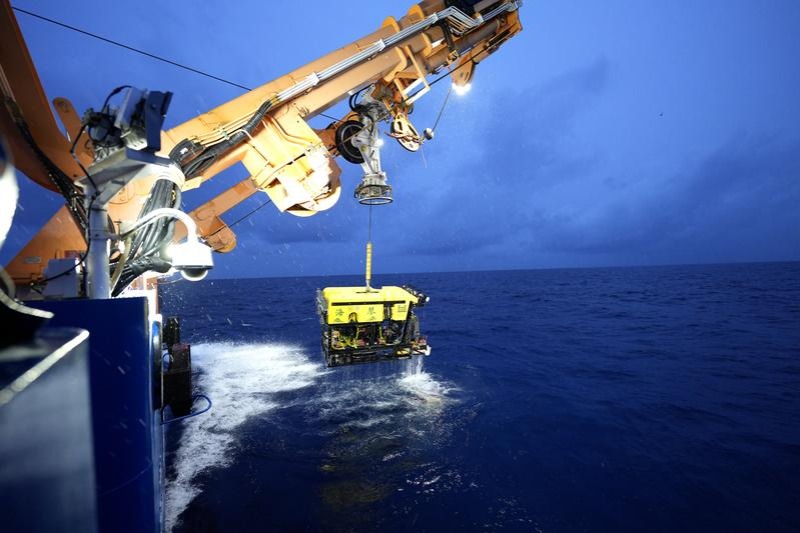Researchers trace Harbin skull lineage

Recent studies have traced the ancestry of a nearly complete skull, discovered near Harbin, Heilongjiang province, to the Denisovan lineage.
As one of the closest known relatives to modern humans alongside Neanderthals, the Denisovans have long intrigued paleoanthropologists.
The Harbin skull, identified as a new species named Homo longi, dates back at least 146,000 years. Until now, Denisovan fossils were scarce and fragmentary, limited to teeth, bone fragments and incomplete lower jawbones from sites such as the Denisova Cave in Siberia, the Baishiya Karst Cave on the Qinghai-Tibet Plateau and the waters off Penghu in Taiwan. This limited evidence complicated efforts to reconstruct their morphology and evolutionary history.
The research team conducted independent palaeoproteomic analyses and ancient DNA experiments on the skull and its dental calculus, providing proteomic and genetic evidence linking the Harbin skull to the Denisovan population. The findings were published on Wednesday in the journals Science and Cell.
The team, led by Fu Qiaomei of the Institute of Vertebrate Paleontology and Paleoanthropology under the Chinese Academy of Sciences, and Ji Qiang of Hebei GEO University, developed a method to automatically identify ancient human populations based on proteins. Their analysis confirmed the Harbin skull's classification within the Homo genus.
Notably, the researchers identified three protein variants unique to Denisovans, establishing a clear phylogenetic link between the Harbin individual and Denisova 3, a phalanx fossil of a juvenile girl discovered in Siberia.
Retrieving ancient DNA from the Harbin skull proved difficult, as neither the teeth nor the temporal bones retained any genetic material. However, the team broke new ground by extracting DNA from dental calculus — a dense, mineralized substance on the teeth that provides a microenvironment conducive to preservation.
By optimizing extraction techniques and constructing multiple DNA libraries, researchers confirmed that the Harbin individual falls within the genetic mutation range of Denisovans and belongs to an early branch of their DNA lineage.
The findings suggest that Denisovans were widely distributed from Siberia to Northeast China during the late Middle Pleistocene era, between 127,000 and 217,000 years ago. The study also highlights the untapped potential of dental calculus in preserving ancient human DNA, offering a new approach to genetic research on early hominins.
The studies resolve long-standing classification debates over the Harbin skull and provide the most complete look, to date, at Denisovan skull morphology.
limenghan@chinadaily.com.cn
- 2025 SCO Forum on People-to-People Exchange held in Beijing
- Exhibition commemorating 80th anniversary of victory over Japanese aggression, fascism opens in Macao
- Video series commemorates Soong Ching Ling's peace diplomacy legacy
- Over 40 expatriates make dumplings at a community event in Tianjin
- Shanghai Disney Resort adjusts ticket structure, unveils autumn lineup
- Cutting-edge fungal technology takes center stage at Jilin expo




































